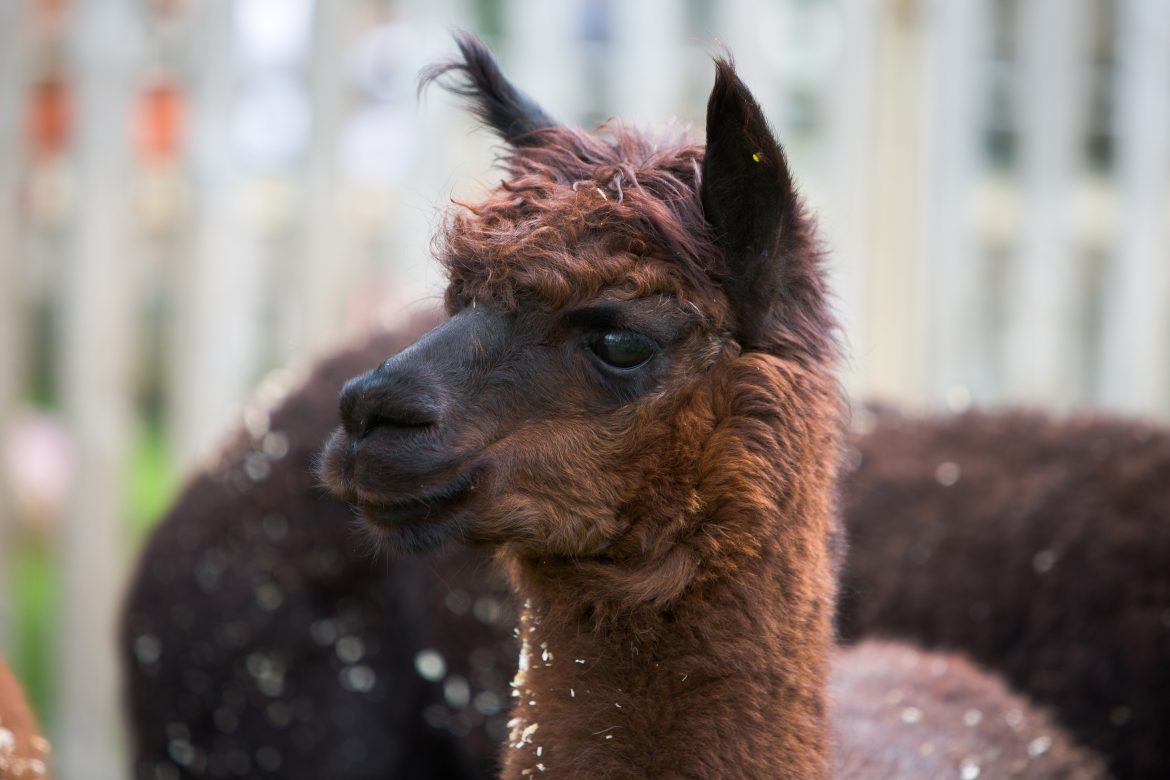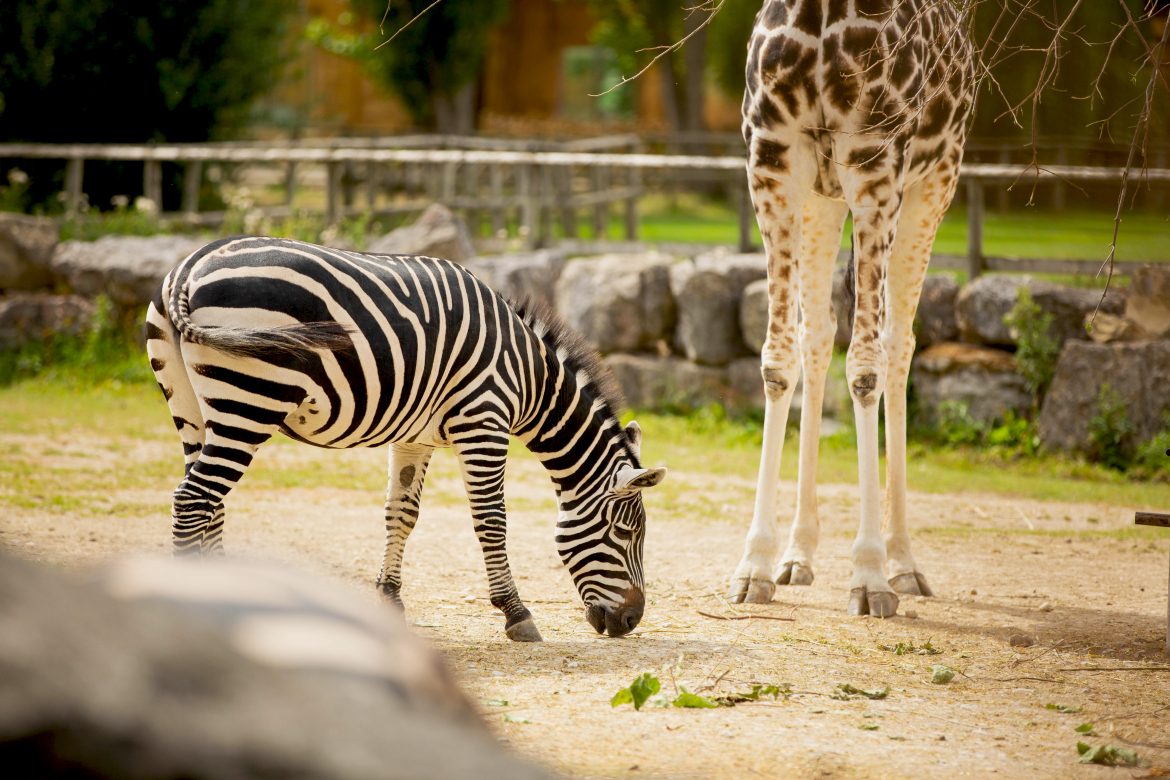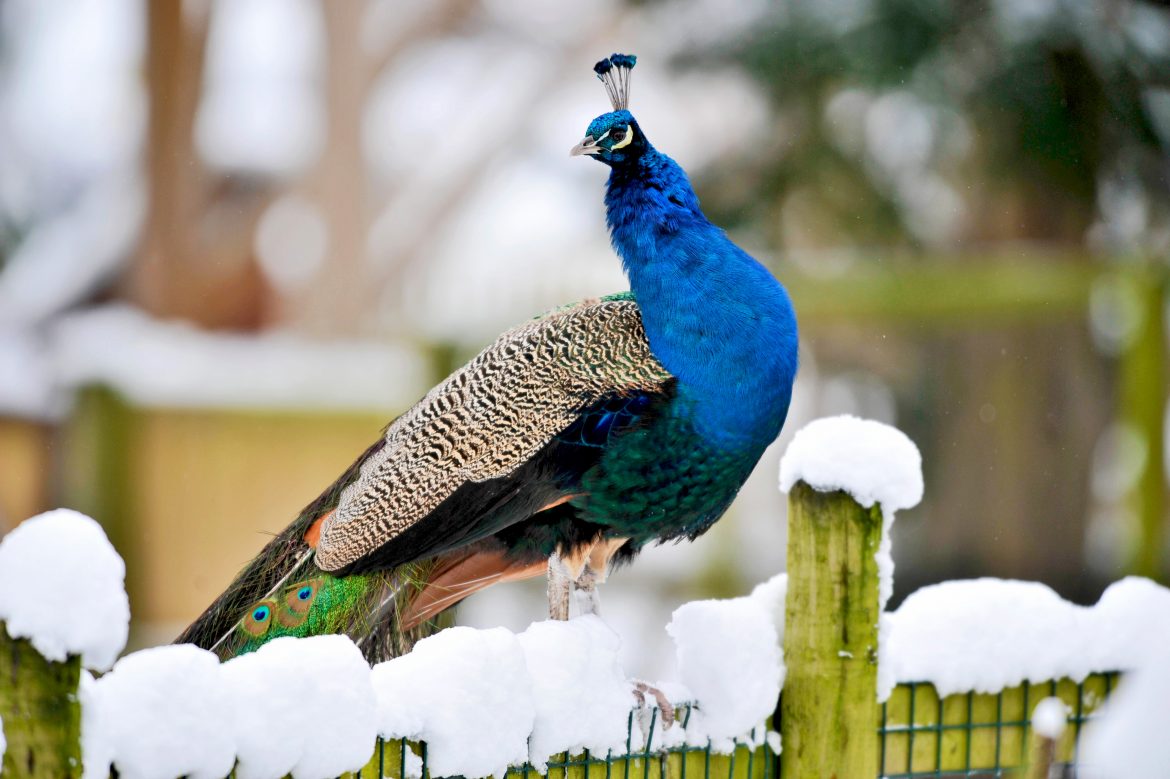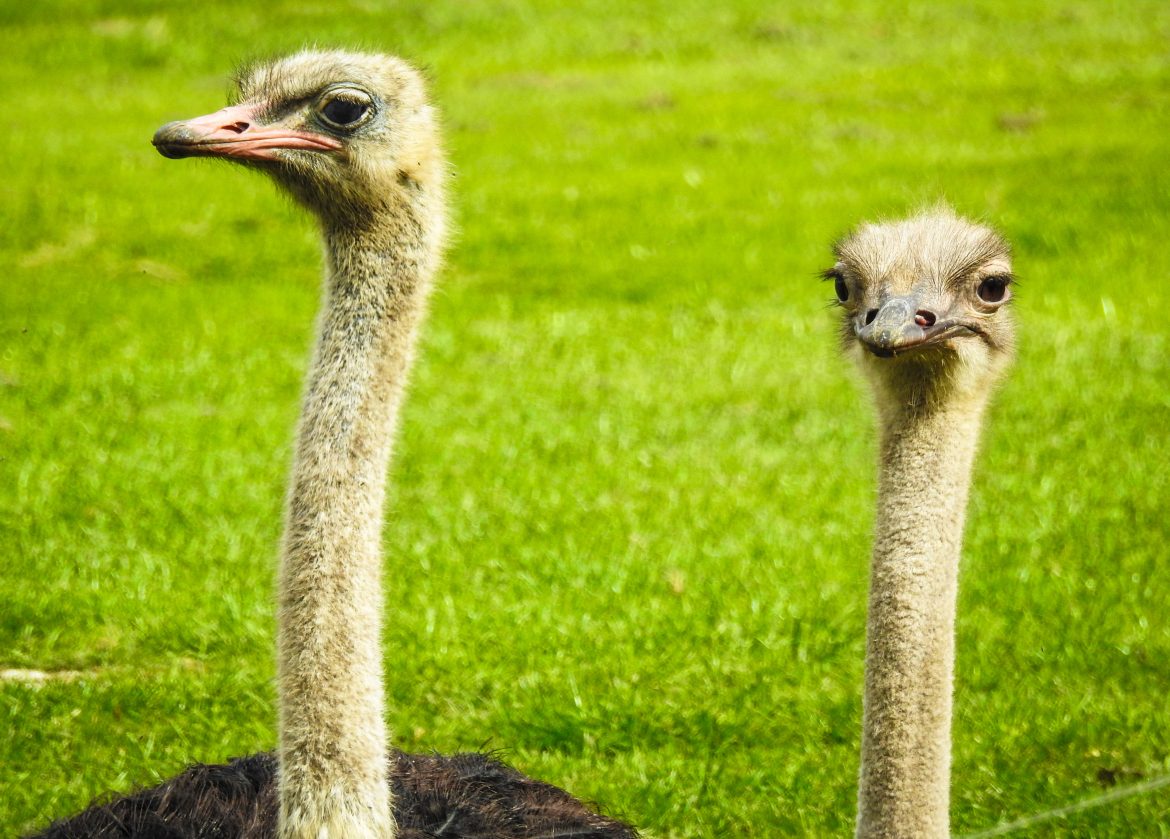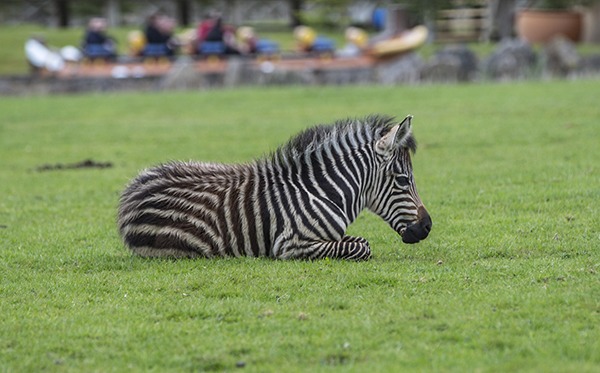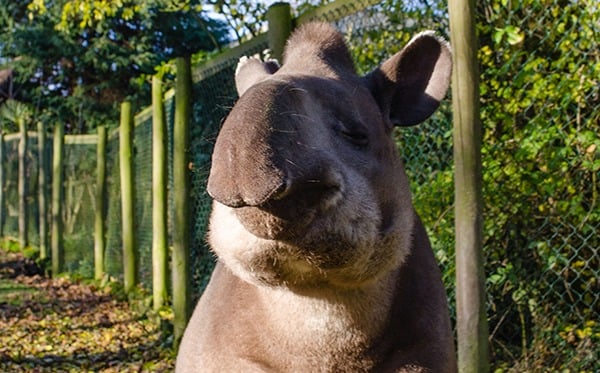
It’s Love Your Zoo Week!
This week is a very exciting time here at Flamingo Land as it’s not only May half term but also ‘Love your zoo week’ which is an annual nationwide event where BIAZA members promote the great work that they do towards education, conservation and research. BIAZA stands for the British and Irish Association of Zoos and Aquariums which is the professional body representing the best zoos and aquariums in the UK and Ireland.




